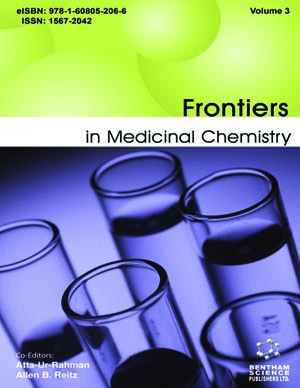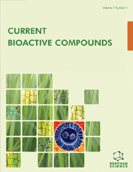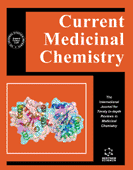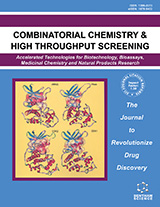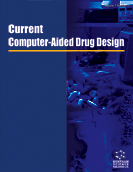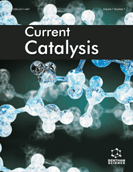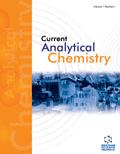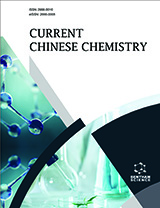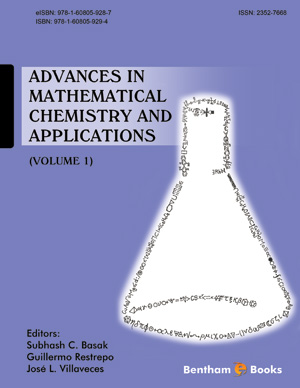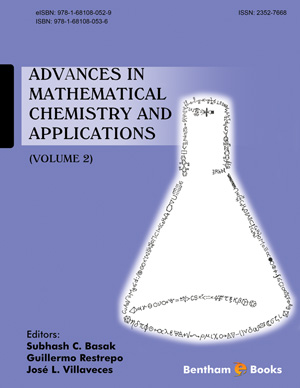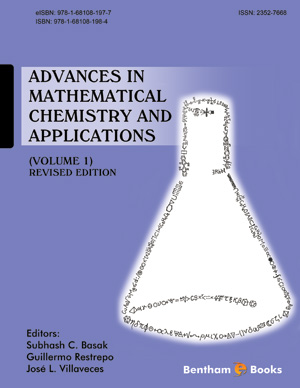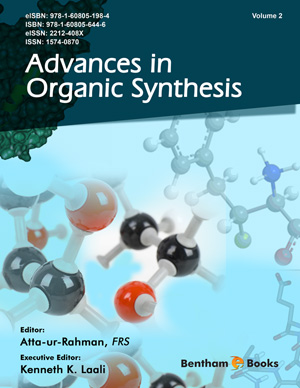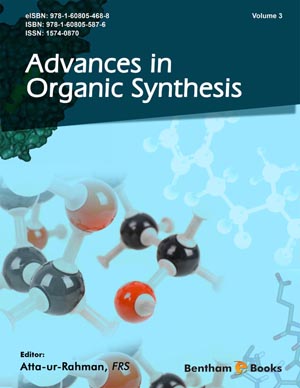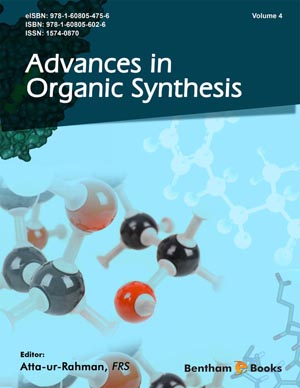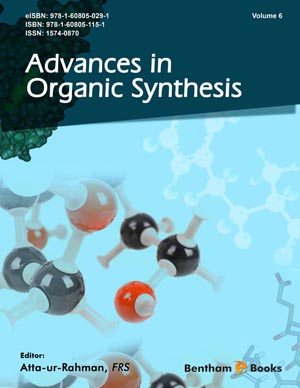Abstract
A large number of computational methodologies have been used to predict, and thus help explain, the metabolism catalysed by the enzymes of the cytochrome P450 superfamily (P450s). The methodologies and resulting models are summarized. This illustrates that investigations so far have focused on a small number of the many P450s; specifically those that are involved in drug metabolism. The models have evolved from simple comparisons of known substrates to more elaborate experiments that require considerable computer power. These models help to explain and, more importantly, predict the involvement of P450s in the metabolism of specific compounds.
Keywords: Cytochrome P450, Pharmacophore Models, 3D-QSAR, Comparative Models, Homology Models, Drug Metabolism, DMPK


